7 Days is a weekly round-up of the Editors' picks of what's been happening in the world of technology - written with a dash of humor, a hint of exasperation, and an endless supply of (Irish) coffee.

We’re now just a week away from the beginning of the Mobile World Congress (MWC) trade expo in Barcelona, but while many companies are holding back their announcements until the big event, the news has continued to pour in over the last seven days from across the mobile industry, and beyond.

We begin our review in the desktop computing space, as Intel’s next-gen ‘Skylake’ desktop-class CPUs have reportedly been been delayed until August. The new chips were expected to launch in Q2, and while the delay has not yet been confirmed, Intel is said to be holding their launch back to reduce overlap with its existing products.

On Wednesday, the Internet Engineering Steering Group announced that it had finalized the new HTTP/2 standard, the first major overhaul of the Hypertext Transfer Protocol (HTTP) for 16 years. HTTP is one of the most important technologies used on the web, and the updated standard brings multiple improvements based on Google’s SPDY/2 protocol.
On Tuesday, HTC confirmed the new One will be unveiled on March 1, the day before MWC 2015 kicks off in Barcelona. Two days later, the company tweeted that “something HUGE is coming from HTC”, leading some to speculate that it may be planning to launch another device alongside the One M9.
Over in the UK, the country’s largest independent device retailer has already opened registrations for the new HTC One, as well as for Samsung’s new Android flagship, the Galaxy S6, which will be revealed in Barcelona on the same day.

Samsung revealed an official glimpse of the new Galaxy S6 this week. “I am #TheNextGalaxy” seems to be the theme of this pre-launch campaign, but the company isn’t giving away everything about its new phone just yet.

Samsung announced this week that it has acquired LoopPay, the company behind the mobile payments platform of the same name. Samsung will be hoping that its massive scale will help it to establish LoopPay as the de facto standard for Android users who seek an Apple Pay-style integrated solution.
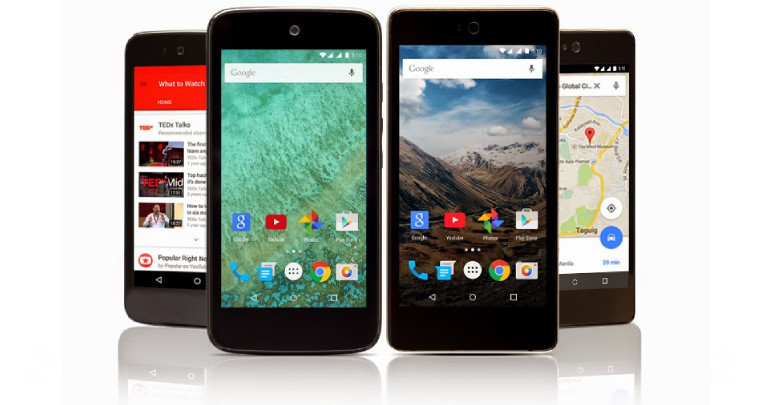
Google launched its Android One program in the Philippines this week, with two affordable new handsets built by its local hardware partners - the MyPhone Uno and Cherry One - which will go on sale “in the coming weeks”.

For those with more expensive tastes, LG is said to be developing a new luxury wearable aimed at the fashion-conscious buyer which is expected to make an appearance at MWC in March. Curiously, though, the Android Wear-powered watch won’t include GPS and isn’t even water-resistant.
Ooh, such luxury.
Just 720,000 Android Wear smartwatches were shipped to retailers (i.e. not necessarily sold to customers yet) worldwide last year. Meanwhile, Pebble – which launched its first device in mid-2013 after a $10m crowdfunding campaign – sold its millionth smartwatch by the end of last year.

On Thursday, a mysterious countdown appeared on Pebble’s homepage, which is due to end on February 24 at 1400 GMT. It’s not yet clear what the company has in store, but given how successfully it has built its products and platform so far, we’re certainly intrigued.

It emerged this week that the Apple Watch won’t be quite as impressive as the company had originally envisaged. Apple is said to have been planning to squeeze even more sensors and health-tracking technology into the device, but it struggled to get reliable and consistent results from some of these components.
Even so, the Apple Watch is clearly an impressive piece of kit – and Apple is confident that it will sell in big numbers, having reportedly ordered an initial manufacturing run of five million units.
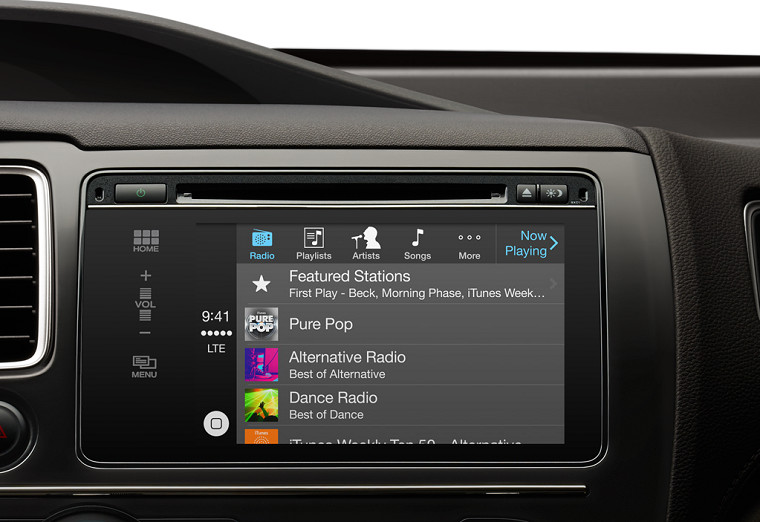
Recent reports have suggested that Apple is planning to build a car, which it will supposedly launch in 2020. Apple is said to have made numerous hires in recent months, with around 200 people now working on its ‘Titan’ auto project. If you think that all sounds a bit pie-in-the-sky, don’t forget that Google has been developing a car too – and that one can drive itself.

Still while Apple tries to reinvent the wheel - or maybe just works on how to take credit for its original design – the company is continuing to develop its existing product portfolio. It emerged this week that Apple has developed web versions of its iWork productivity apps, making them accessible to Windows users for the first time.

Apple currently makes its iOS pre-release builds available only to registered developers, but that may soon change. The company will reportedly make iOS 8.3 available to public testers at the same time as it is released to developers next month.

Microsoft released three new patches this week for its latest Windows 10 Technical Preview build 9926, which were delivered via Windows Update. KB3040021 and KB3038390 offered general hotfixes for minor issues, while KB3021952 provided a security rollup for Internet Explorer.

On Tuesday, we highlighted a concept image that had been submitted to the Windows 10 User Voice suggestions panel, featuring some rather attractive design ideas for File Explorer. The following day, Gabe Aul from Microsoft’s Windows Insiders program confirmed that he had seen the image and shared it with some of his colleagues.

Last week, Microsoft released the first build of its Windows 10 Technical Preview for phones, but only a small subset of devices was included. But earlier this week, a developer discovered a trick to enable installation of the preview on other handsets that are not yet officially supported.
However, on Friday, Microsoft updated its Windows Insider app, preventing any further unsupported devices installing the preview.

Microsoft announced this week that it is killing off its Rooms feature on Windows Phone 8.1. Rooms offered the ability to create groups among your contacts with which to chat and share media, but it wasn’t one of the most popular features in the OS, and its functionality will be removed from next month.

References to ‘Windows Phone 8.1 GDR2’ were discovered this week on Microsoft’s Dev Center site, including various technical details related to the update. This appears to confirm that the company plans to offer a further ‘Update 2’ for the OS, following on from ‘Windows Phone 8.1 Update’ (or GDR1), which is now rolling out to handsets worldwide.

On Microsoft’s own handsets, GDR1 is packaged as the ‘Lumia Denim’ update. On Thursday, T-Mobile Germany said that it has no plans to release the Denim update for its Lumia 925 and Lumia 1020, which doesn’t bode well for the prospects of the carrier’s even older Lumia 820 and 920 being updated.
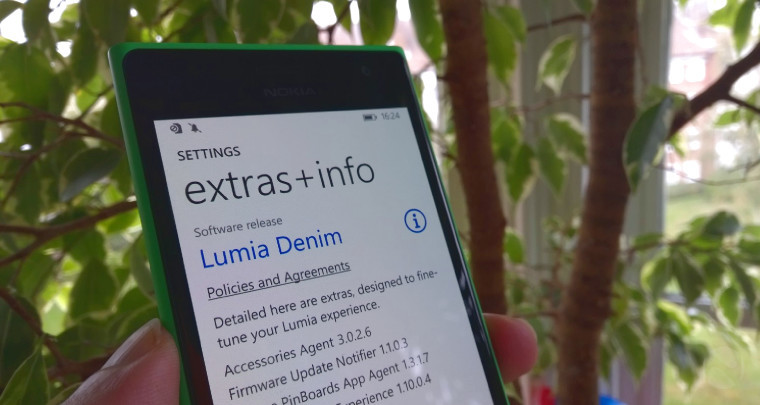
Microsoft India announced this week that its Denim rollout should be complete by the end of this month – a lofty promise given that, by then, it had only updated one handset to Denim in India.
But it looks like they weren’t kidding around – the day after that announcement, four more handset variants began receiving Denim in India. Suddenly, that end-of-February target isn’t looking quite so crazy.

While the Denim update is continuing to make its way across India, Microsoft also launched a new handset there this week with Denim pre-installed. The Lumia 532 Dual SIM features a 4-inch display, quad-core 1.2GHz Snapdragon 200 processor and 1GB of RAM, along with front and rear cameras, and is priced at Rs.6,499.

The Lumia 532 also went on sale in Thailand this week, alongside its even cheaper sibling, the Lumia 435. The 435 is the most affordable Lumia handset ever, but despite its low price tag, it also includes front and rear cameras, 1GB of RAM, and a 4-inch WVGA display - all for 2,990 baht.
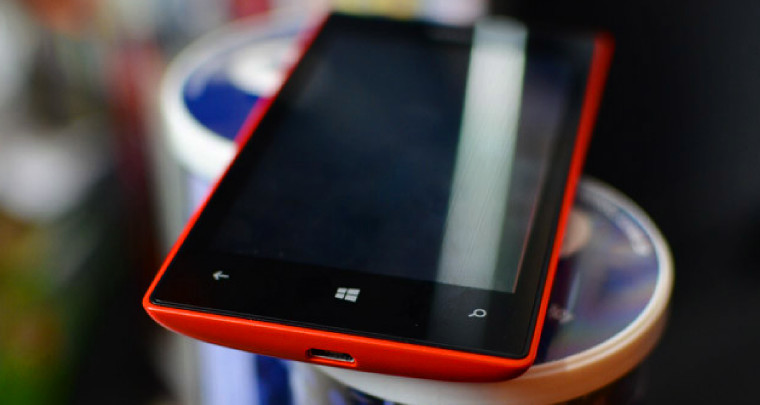
Microsoft sold its Lumia 520 for just $29, brand new and off-contract, this week via its official eBay outlet store. Alas, after 11,899 were sold at that price, the device is now out of stock – but stay tuned to Neowin, and we’ll let you know if more units become available at a similarly tasty price.
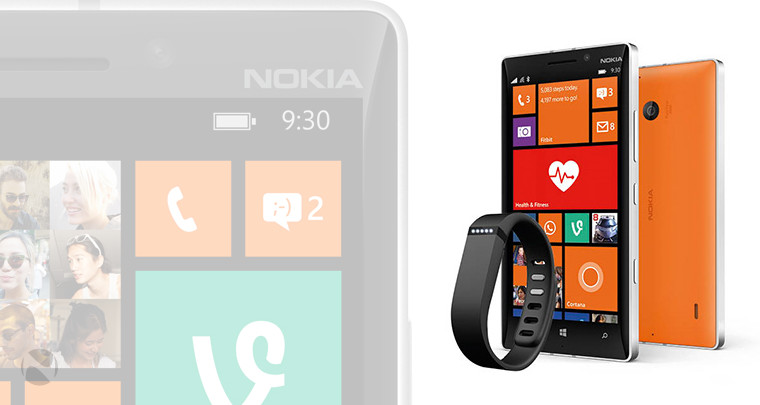
Over in the UK, Microsoft’s flagship Lumia 930 is now available for just £299.99 off-contract, after originally going on sale there last summer for around £400. To sweeten the deal further, the 930 also comes with a free Fitbit Flex wearable fitness tracker, worth £79.99.
But you can also get the Lumia 930 for just £199.99 in ‘good as new’ condition via the official eBay outlet of EE, the UK’s largest mobile network. The handsets being sold at this price were originally purchased by other customers, but returned within 14 days and fully tested by the carrier, and are being resold with a full manufacturer’s warranty.
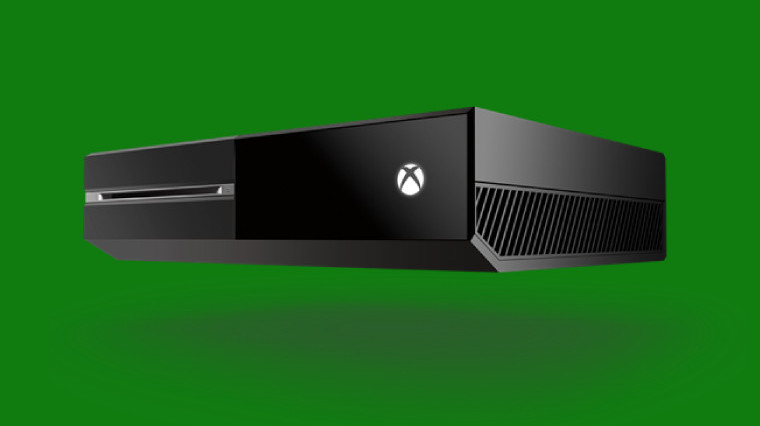
Also in the UK, a deal on the Xbox One that we shared with you last week became even better this week. Tesco is currently selling a £299 bundle which includes the Xbox One console and wireless controller, along with Forza Motorsport 5, and another free game of your choice, from a selection that includes Grand Theft Auto V, FIFA 15, Call of Duty: Advanced Warfare and LEGO: Batman 3 – Beyond Gotham, among others.
We're pretty sure that's one of the best Xbox One deals ever in the UK.

Microsoft released its March Update for the Xbox One to those enrolled in its preview program this week, introducing features such as screenshot capture/share, tile transparency settings, suggested friends, spam reporting, and new TV features for Australia.
The company is reportedly planning to massively expand its app support on the Xbox One this year, bringing Universal Windows apps to its console, and allowing developers to convert standard retail consoles into dev kits. More information is expected on the company’s plans at its Build 2015 conference, in late April.

Microsoft expanded availability of its Wireless Display Adapter to a further 25 markets this week, including South Africa, and many European nations. The Miracast and WiDi-certified device will go on sale in even more parts of the world next month, including Australia and markets across Asia.

MS also began offering trade-in discounts for those giving their Surface tablets in part-exchange for a new Surface Pro 3. A first-gen Surface RT won’t get you much more than around $80 towards a new Pro 3, while a top-of-the-range Surface Pro 2 will get you around $360 of credit.

By the way, if you’re not totally sold on the idea of the Surface Pro 3, and you prefer a more ‘traditional’ notebook form factor, don’t forget to check out our first impressions of Dell’s beautiful new XPS 13.

Microsoft’s OneNote platform had a great year in 2014, more than doubling its user base over the previous year. It was a pretty good week for OneNote users too, as Microsoft made all features across the application completely free.
MS also introduced handwriting support to OneNote for iPad, and added new OCR technology across all platforms, allowing users to search for text contained in images.
![]()
Businesses that continue to use Windows XP PCs should soon expect their support costs to go up. From April, the cost of Microsoft’s software support to its business and enterprise customers will double from around $200 per PC per year, to around $400 for each system continuing to run XP.
As the cost of support increases, MS will be hoping that its customers see greater value in upgrading to better hardware running its newer operating systems.

Microsoft announced support for Box, Salesforce and Citrix Sharefile in its Office suite this week, making it easy to open documents stored on other platforms. Its iOS apps are the first to get this functionality, but Microsoft says that it will also make its way to Android and Windows 10 users soon.

By the way, if you’ve got a Dropbox account, Microsoft is offering you 100GB of free OneDrive cloud storage. All you need to do is confirm that you’re a Dropbox customer, and you’ll get 100GB of space free for a year.

A new, and particularly nasty, piece of Android malware was uncovered this week. Called ‘PowerOffHijack’, it tricks users into thinking that their devices are switched off, while surreptitiously maintaining certain operations in the background, such as capturing images with the camera, placing calls or activating the microphone and recording audio.
Up to 10,000 devices are estimated to have been infected with the malware, which can run on versions of Android earlier than 5.0 Lollipop.

US judges will soon be allowed to issue search warrants that will compel American companies to hand over data stored on PCs and servers in other countries. Google spoke up against the proposed change this week, saying that it “threatens to undermine the privacy rights and computer security of Internet users”, and that the “implications of this expansion of warrant power are significant".

Information emerged this week that appeared to implicate America’s National Security Agency (NSA) in the creation of spyware that was embedded in the firmware of hard drives in use around the world, including those built by leading manufacturers, such as Western Digital, Seagate, Toshiba, IBM, Micron and Samsung.

And in a similarly ugly episode this week, Lenovo was found to have been pre-installing adware on its devices – and more than just a nuisance, this software was discovered to have fundamentally compromised the security of every device on which the company installed it.
In addition to inserting ads when browsing the web, the ‘Superfish’ software also installed its own security certificate on the device, inserting itself as an intermediary on secure connections such as banking transactions. It’s one of the most appalling security violations ever by a leading manufacturer, and a spectacular breach of the trust that Lenovo’s customers placed in the company.
Lenovo responded by saying that it had disabled Superfish on its devices, and stopped pre-installing it, in January, but otherwise largely dismissed the security concerns raised by journalists and InfoSec specialists around the world.
However, for those who no longer trust Lenovo enough to leave the Superfish software dormant on their systems, the company has since released a removal tool. Microsoft also updated its Defender definitions to remove Superfish from Windows PCs.

We end our look back at the last seven days with Sony, which announced this week that its new SmartEyeglass Developer Edition wearable device will go on sale to devs and enterprise customers next month for $840. The device offers battery life of up to 150 minutes, but expect this to drop to around 80 minutes if you do anything even slightly useful with it.
Oh, and the reason the glasses appear not to fit the model properly on Sony’s product images is because of the permanently-attached battery pack/control unit (see the very fashionable cord dangling off the back in the image above), which weighs the glasses down, ensuring that they always look extremely wonky.
Hilariously, Sony's product video actually suggests that people will want to be seen outside, in public, wearing these things.

But Sony’s winning product this week was its new 64GB microSDXC card, which costs $160 – around five times more than normal – because the company says it offers “Premium Sound”.
Like many other respected tech publications – one of which referred to the product as 'Sony's snake oil' – we’re curious as to how Sony is going to get away with that, given that its claims appear to be utter rubbish, and the company has provided nothing to substantiate them.
But hey, good try, Sony - and there's bound to be a few suckers out there ready to hand over their cash. After all, a fool and his money are easily parted.
Have a great weekend, and a fantastic week!

















1 Comment - Add comment